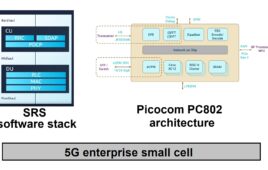U.S. Cellular, the nation’s fifth largest carrier, on Friday said it achieved peak speeds of 9 gbps in its latest 5G trial with Ericsson.
According to U.S. Cellular, the carrier’s trial with Ericsson utilized 15 GHz spectrum to test a variety of new radio access carrier combinations in varying environmental conditions. The trials achieved peak throughput speeds of 9 gbps at a distance of 787 feet, U.S. Cellular said, and hit 1.5 gbps at a distance of one mile.
The pair also tested radio resource sharing, beamforming, beam tracking, and peak throughput and multi-user MIMO during the trial.
“This latest trial with Ericsson demonstrates incredible 9 gbps speeds in an environment that was close to a real world scenario, and we look forward to collaborating with Ericsson on the development of standards for a healthy 5G ecosystem,” U.S. Cellular Executive Vice President and CTO Michael S. Irizarry said.
The results come little more than two months after U.S. Cellular heralded the 5 gbps speeds it achieved on 28 GHz spectrum with Nokia at its Schaumburg, Ill., technology center. That trial was conducted outdoors in a point-to-point, clear line of sight and varying impairment scenarios using Nokia’s AirScale radio platform.



